Burgos
Originally a military fortress built to protect Christians in the 9th century, Burgos boasts some of the best preserved medieval structures in Spain. The Gothic spires of the Cathedral of Burgos draw visitors to the resting place of one of the country’s most renowned heroes, El Cid Campeador, who is buried next to his wife under the cathedral’s central dome. Located on the banks of the Arlanzon River, the picturesque Old Quarter features waterfront parks known collectively as the Paseo de la Isla.
Mérida
Mérida, capital of Extremadura, was once also capital of the Roman province of Lusitania and it’s still home to the most impressive and extensive Roman ruins in all of Spain. With a little imagination, and a trip to the wonderful modern museum, the Roman city is not difficult to evoke, which is just as well, for the modern city, in which the sites are scattered, is less interesting. The star attraction in Merida is the well preserved Roman Theater. Next to it lies the amphitheater used for gladiator fights.
Salamanca
An eight-centuries-old university dominates Salamanca and its cultural and historical attractions, but it’s the light that glows from the sandstone structures at sunset that earned the town the nickname “The Golden City.” Whether gathering with students at the Playa Mayor or touring the medieval Old Cathedral, the secret to getting the most enjoyment from Salamanca is to find the perfect place in this hilltop town to view the city as the sun slips over the horizon.
Gijon
With its fine beaches and scenic location on the Bay of Biscay, Gijon is one of the best cities in Spain’s Asturias region to spend a seaside vacation. The city also features a few Roman ruins, including the Campo Valdes Roman Baths, which date back to the 1st century. Located underground in Gijon’s Old Quarter, the archeological site also features a museum and a reconstructed Roman settlement. Near the baths is the Playa San Lorenzo, the city’s most popular beach.
Palma de Mallorca
The capital of Spain’s Balearic Islands, Palma is the primary city of the island Mallorca in the Mediterranean Sea. Palma de Mallorca became a tourist destination in the 1950s when resorts, restaurants and nightclubs were added to the city’s historic attractions. La Seu, a Catalan Gothic cathedral, features a wrought-iron canopy designed by Antoni Gaudi, making it the star attraction of the city’s old quarter. Built under a large city park, the Estacio Intermodal bus and train depot is lit with natural light from glass boxes cut into the lawns above.
Leon
Founded as a Roman military encampment, León is the capital of the province of the same name. The year 910 was the beginning of one its most prominent historical periods, when it became the capital of the Kingdom of León, which took active part in the Reconquista against the Moors. Its standout attraction is the cathedral, one of the most beautiful in Spain. By night León is taken over by its large student population, who provide it with an irresistible energy.
Zaragoza
Situated on the Ebro River, Zaragoza is a large and bustling city and the capital of Aragon. With a history that stretches back to 25 B.C., the city boasts architectural attractions from every era, from still-standing remnants of Roman walls to the Moorish castle Aljaferia, which Giuseppe Verdi used as his setting for the opera “The Troubadour.” Of the city’s two magnificent cathedrals, the Cathedral of Our Lady of the Pillar attracts the most visitors.
A Coruna
Well-kept beaches like the Playa del Orzan and Playa de Riazor make A Coruña a popular summer destination, but this city on Spain’s Atlantic Coast has plenty to offer when the weather turns chilly too. The port city is home to the Roman Tower of Hercules, the world’s oldest working lighthouse, where visitors can climb the 245 steps to the top to enjoy breathtaking views of the city and coastline. Housed in a 16th-century fortress, the Museum of Archeology features artifacts from the region’s prehistoric Celtic culture.
Source Touropia

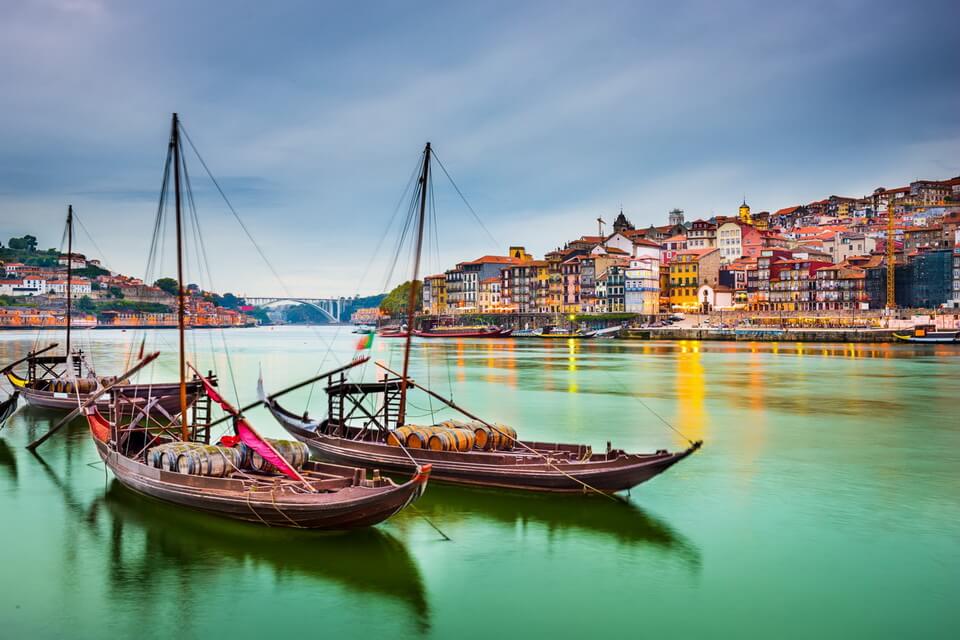
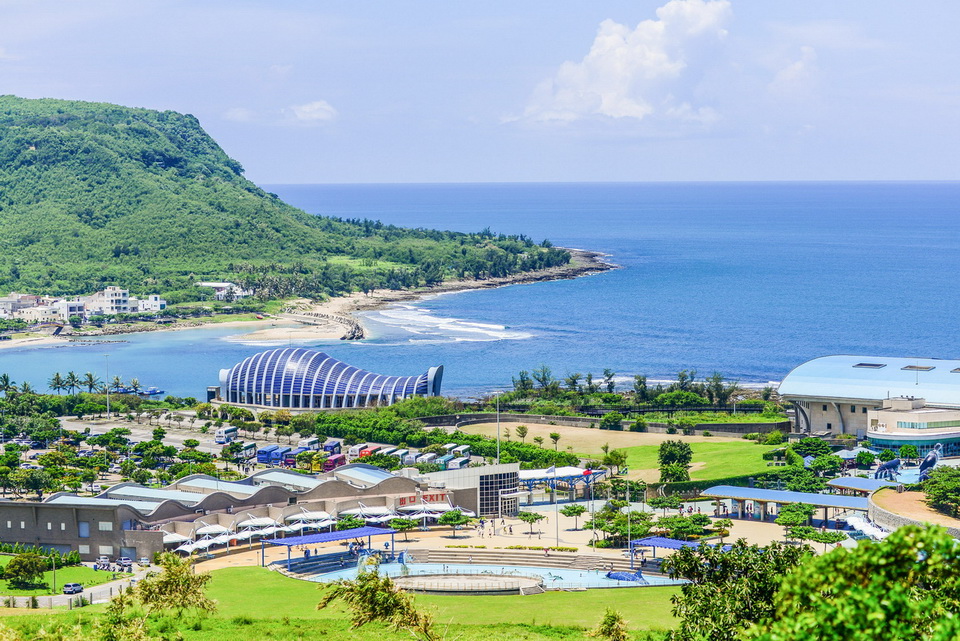









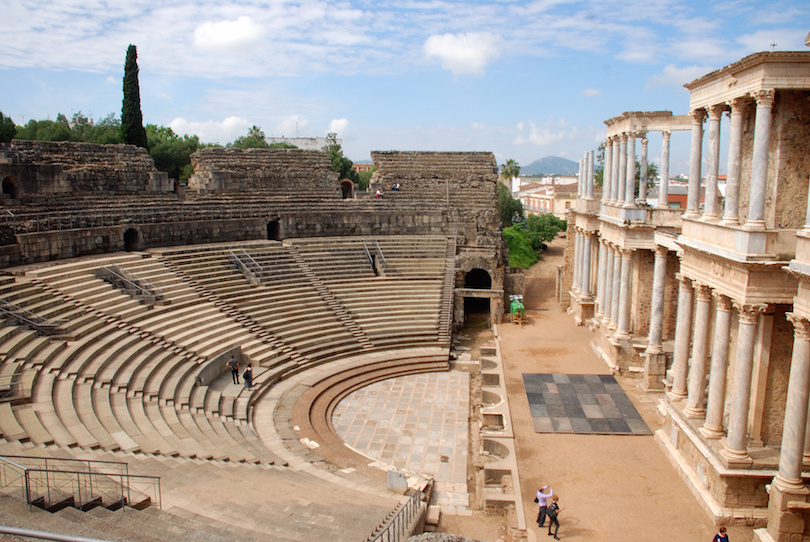
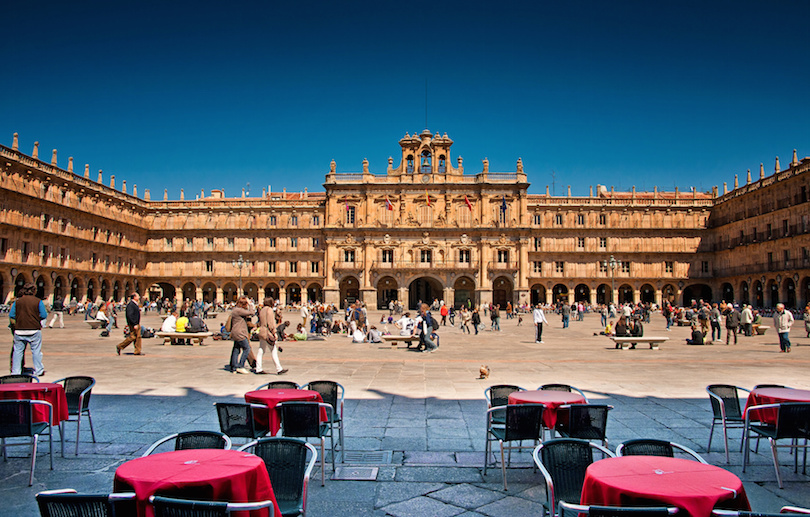
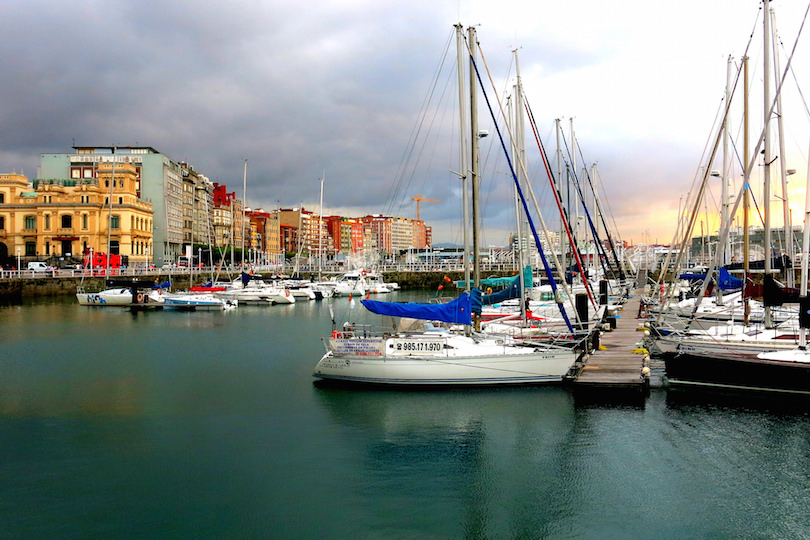
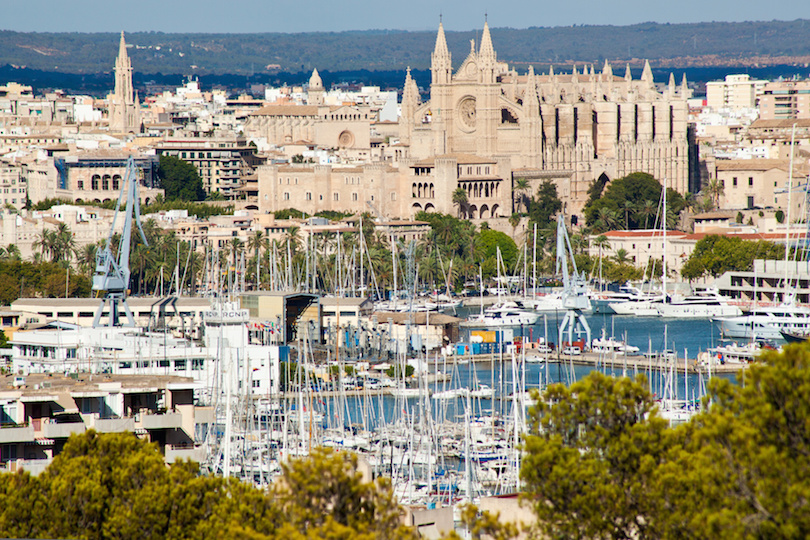

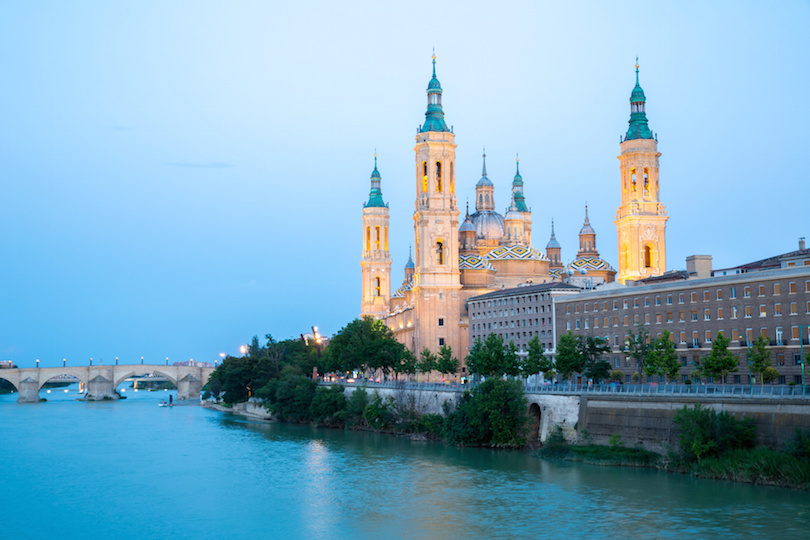
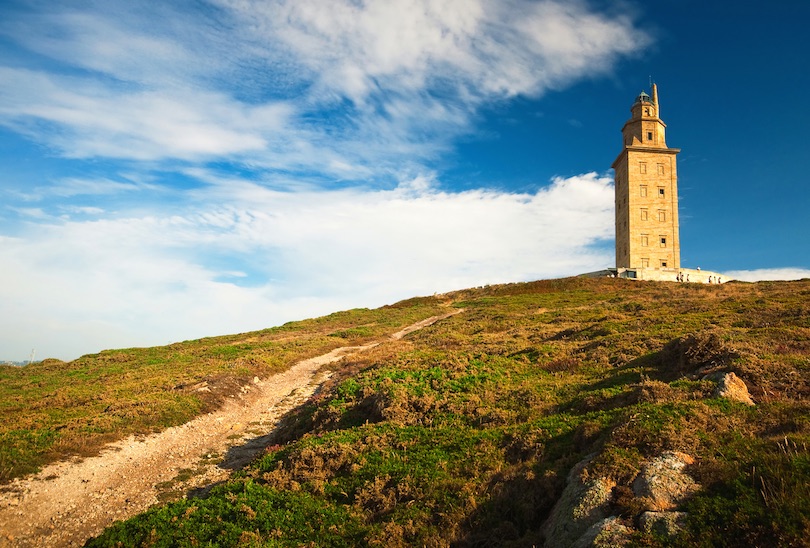
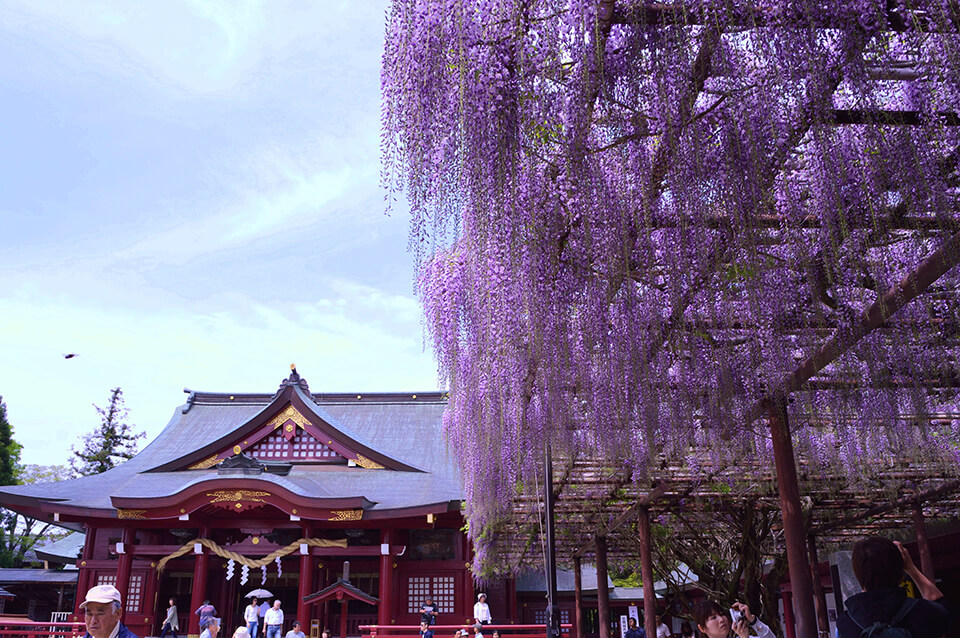

 (1).jpg)












